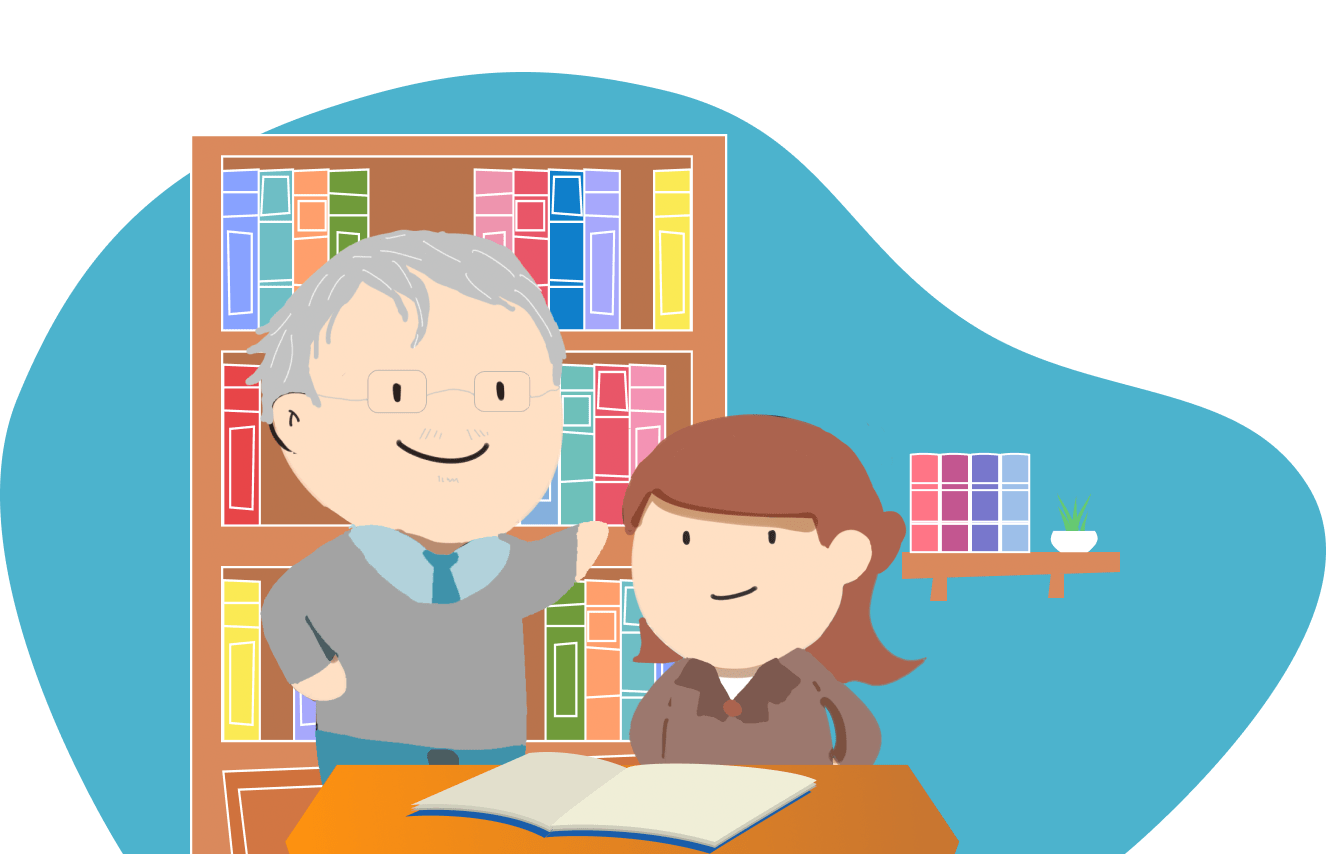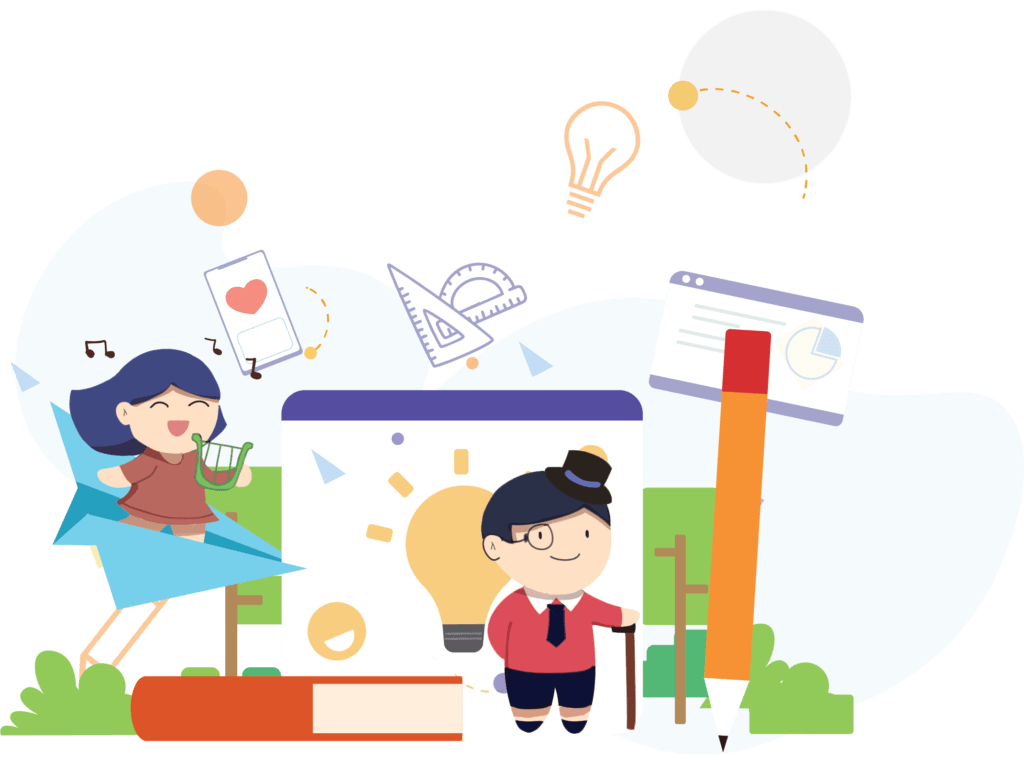Learning how to learn is of paramount importance as it equips individuals with the skills and strategies necessary to navigate the complexities of education and adapt to a rapidly changing world. Unfortunately, the traditional approach to education often overlooks the explicit teaching of learning techniques, leaving students ill-equipped to tackle challenging subjects and acquire knowledge effectively.
From a young age, students are primarily taught what to learn rather than how to learn. The emphasis on memorization and regurgitation of information neglects the development of critical thinking, problem-solving, and metacognitive skills. This approach creates a surface-level understanding of concepts, which hampers long-term retention and real-world application.
By not teaching students how to learn, we hinder their ability to become independent, self-directed learners. They may struggle with time management, lack effective study habits, and experience difficulties in grasping complex ideas. Consequently, students may become demotivated, disengaged, and disenchanted with the learning process.
Introducing explicit instruction on learning strategies empowers students to take charge of their education. By understanding how to optimize their learning process, students can develop effective study techniques, manage their time efficiently, and overcome challenges more effectively. They become active participants in their learning journey, fostering curiosity, resilience, and a growth mindset.
Teaching students how to learn is not a one-size-fits-all approach. It involves recognizing and catering to diverse learning styles, encouraging metacognition and reflection, and fostering collaboration and critical thinking. At GRIP, we helped numerous students recognize their own preferred styles of learning through GRIP Learning Profile.
In conclusion, learning how to learn is a fundamental skill that has been overlooked in traditional education systems. By shifting the focus from solely acquiring knowledge to explicitly teaching students how to learn, we empower them with the tools and strategies necessary for success. It is imperative that educational institutions embrace this approach to foster a generation of independent, motivated, and adaptable learners prepared to tackle the challenges of the future.
Learning how to learn is a transformative skill that empowers students to become independent, self-directed learners. In a rapidly evolving world, the ability to adapt and acquire new skills is essential. Understanding how to optimize the learning process enables students to navigate challenging subjects, absorb information efficiently, and retain it effectively.
Understanding the significance of learning how to learn is essential for unlocking one’s true potential in the educational journey. This skill goes beyond mere adaptability—it enables individuals to thrive in a rapidly changing world where knowledge evolves at a relentless pace. Mastering the art of learning equips students with effective study techniques, time management skills, and memory strategies, which are instrumental in optimizing the learning process and enhancing academic performance.
By developing a repertoire of learning strategies, students gain the tools necessary to navigate through complex subjects, grasp new concepts more efficiently, and retain information effectively. This proficiency not only improves grades and academic outcomes but also fosters a sense of confidence and motivation. As students witness the fruits of their learning efforts, their self-assurance grows, and they become more proactive and driven to pursue their educational goals.
Furthermore, learning how to learn fosters a lifelong interest in knowledge acquisition. Individuals who adopt this approach generate a curiosity that extends beyond the classroom walls. Learning becomes a never-ending adventure, and difficulties are viewed as chances for personal growth and development.
The benefits of learning how to learn extend far beyond academic success. It empowers individuals with the adaptability and resilience required to thrive in an ever-evolving world. As they become proficient learners, individuals are equipped with the skills to tackle new subjects, technologies, and challenges, positioning them favourably in an increasingly competitive job market.
Furthermore, learning how to learn fosters a growth mindset—a belief that intelligence and abilities are not fixed, but can be developed through effort and dedication. This mindset encourages individuals to embrace challenges, persevere in the face of obstacles, and view setbacks as valuable learning experiences. It cultivates a sense of self-belief and a willingness to take on new endeavours with confidence.
Learning how to learn offers a multitude of benefits that go far beyond just academic performance. Let’s delve into the exciting advantages students gain by mastering this essential skill.
The skills acquired through learning how to learn are highly transferable. Students develop strong communication skills, as they learn to articulate ideas, explain concepts to others, and actively participate in discussions. Additionally, they enhance their collaboration and teamwork abilities through group study sessions and sharing knowledge with peers. These skills are valuable not only in academic settings but also in future professional endeavours.
Learning how to learn offers a plethora of benefits for students. It not only enhances academic performance but also fosters confidence, motivation, critical thinking, and problem-solving skills. It nurtures a love for lifelong learning and equips students with the essential skills to become self-directed learners. By mastering this skill, students are better prepared to excel academically, adapt to new challenges, and thrive in their future endeavours.
The skills acquired through learning how to learn are highly transferable. Students develop strong communication skills, as they learn to articulate ideas, explain concepts to others, and actively participate in discussions. Additionally, they enhance their collaboration and teamwork abilities through group study sessions and sharing knowledge with peers. These skills are valuable not only in academic settings but also in future professional endeavours.
Learning how to learn offers a plethora of benefits for students. It not only enhances academic performance but also fosters confidence, motivation, critical thinking, and problem-solving skills. It nurtures a love for lifelong learning and equips students with the essential skills to become self-directed learners. By mastering this skill, students are better prepared to excel academically, adapt to new challenges, and thrive in their future endeavours.
The brain operates in two modes: focused mode, which is analytical and concentrated, and diffuse mode, which is relaxed and creative. Alternating between these modes enables deeper understanding and innovative thinking. Deliberate practice followed by relaxation and reflection promotes effective learning.
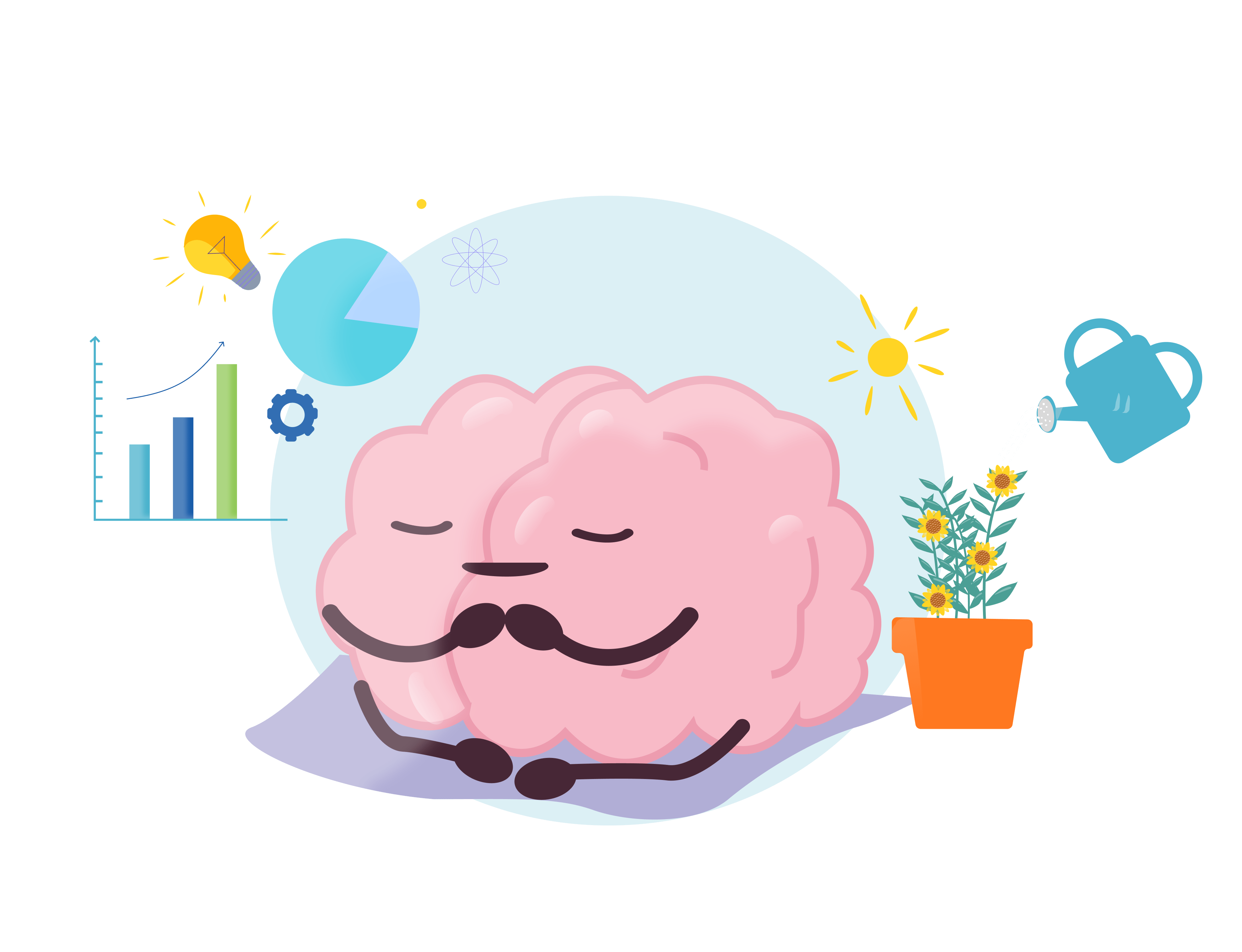
Employ memory-enhancing strategies such as spaced repetition, which involves reviewing information at increasing intervals over time. Mnemonic devices, like acronyms or visualization techniques, aid memory recall.
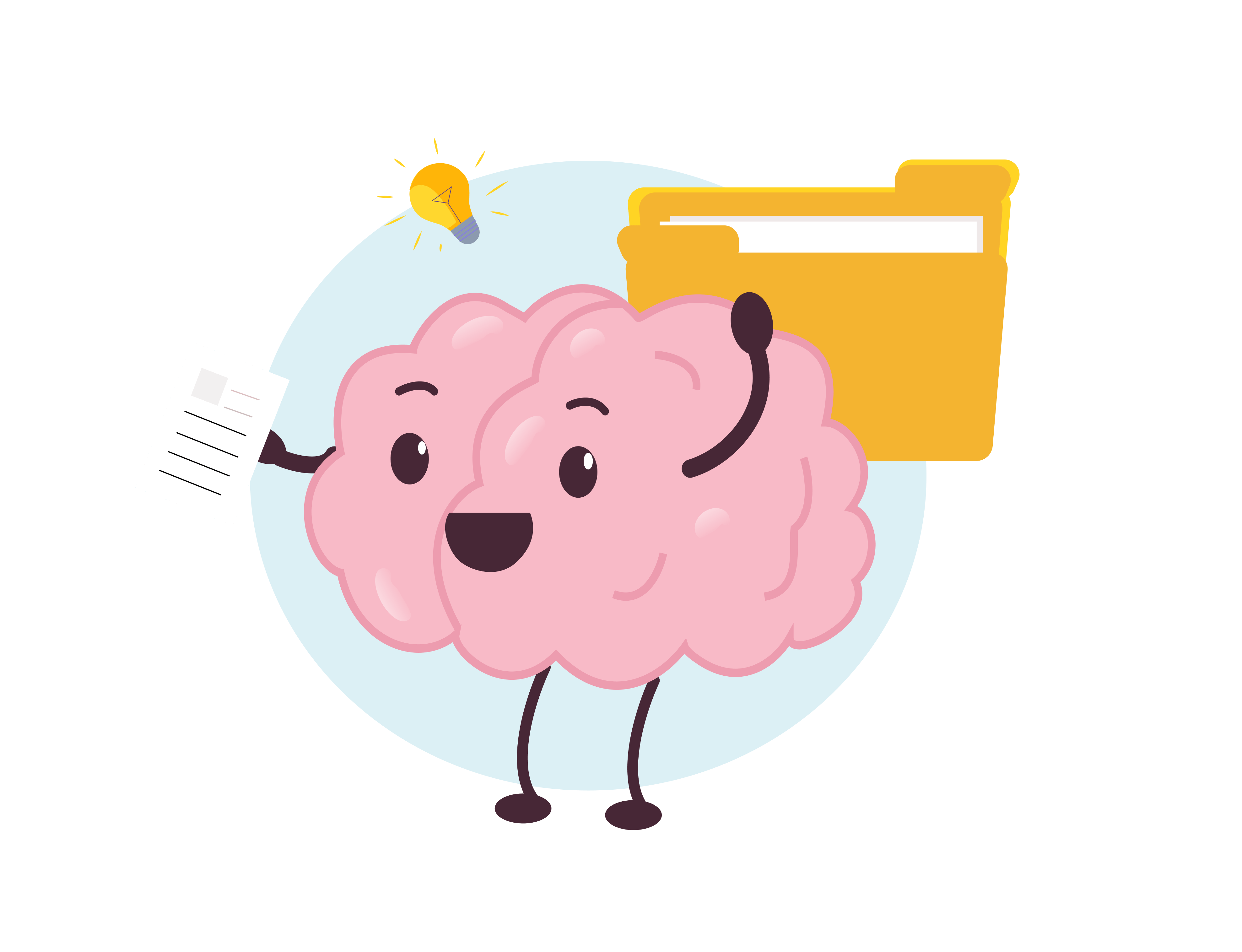
Procrastination impedes learning progress. Break tasks into smaller, manageable parts, set achievable goals, and use techniques like the Pomodoro Technique (working in focused bursts with short breaks) to stay motivated and focused.

Customize study routines that align with individual learning styles and preferences. Experiment with different techniques, such as reading, writing, discussing, and practicing problems, to identify the most effective methods.
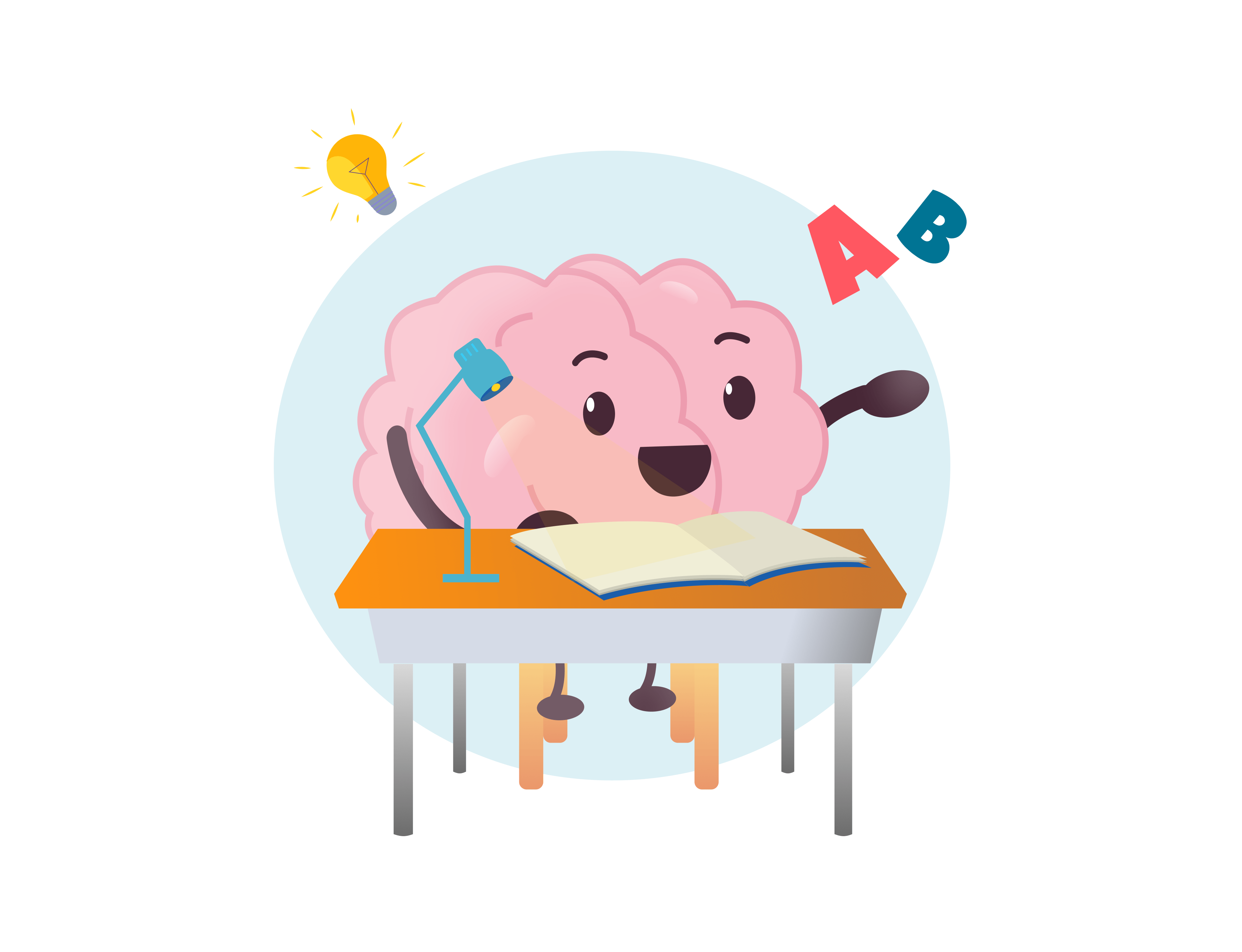
Active learning involves engaging with the material rather than passively absorbing it. Summarizing information in one's own words, teaching concepts to others, and creating visual aids enhance understanding and retention.

Actively seek feedback from teachers, mentors, and peers to identify areas for improvement. Collaborating with others through study groups or online forums fosters diverse perspectives, enhances understanding, and promotes collective learning.
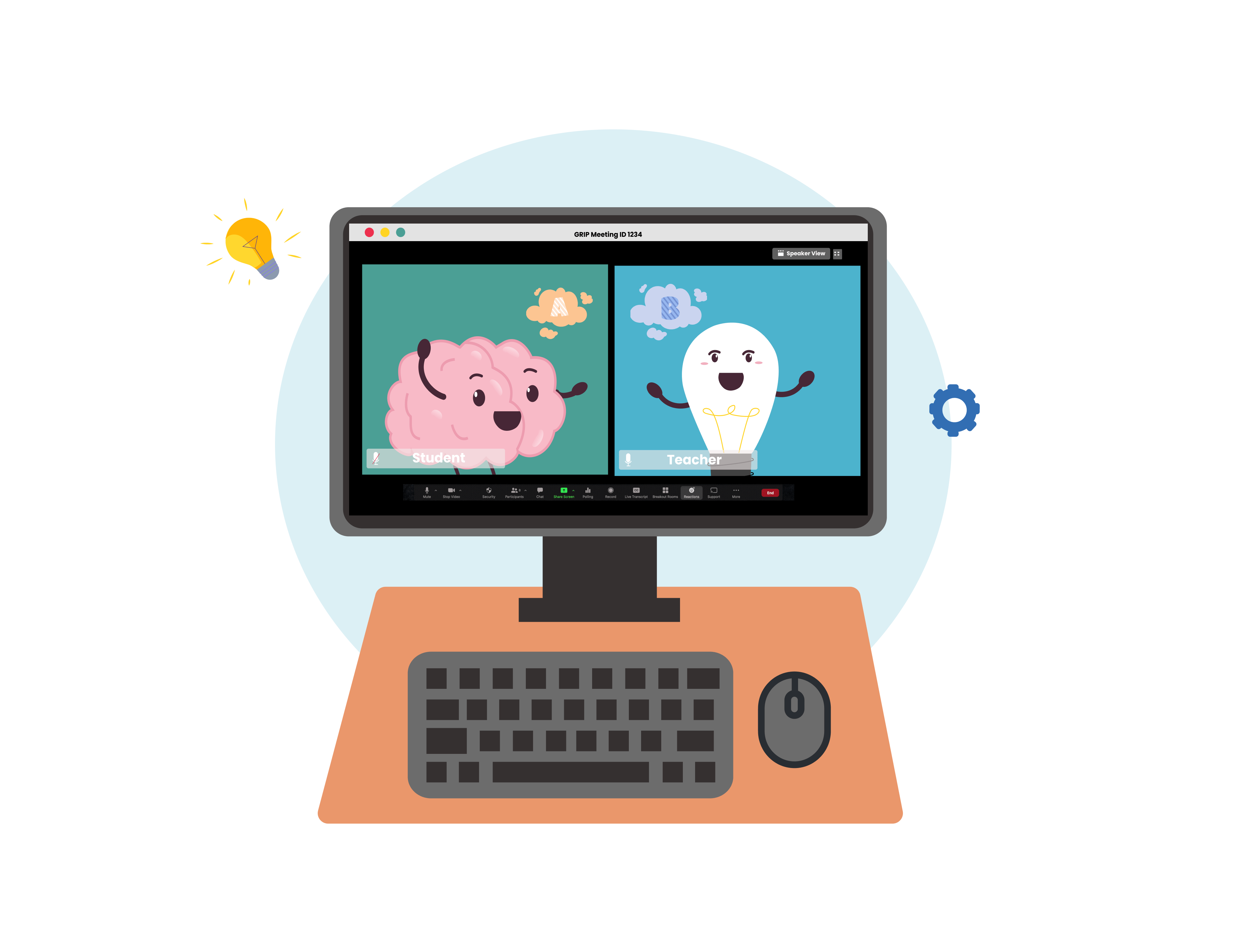
The brain operates in two modes: focused mode, which is analytical and concentrated, and diffuse mode, which is relaxed and creative. Alternating between these modes enables deeper understanding and innovative thinking. Deliberate practice followed by relaxation and reflection promotes effective learning.
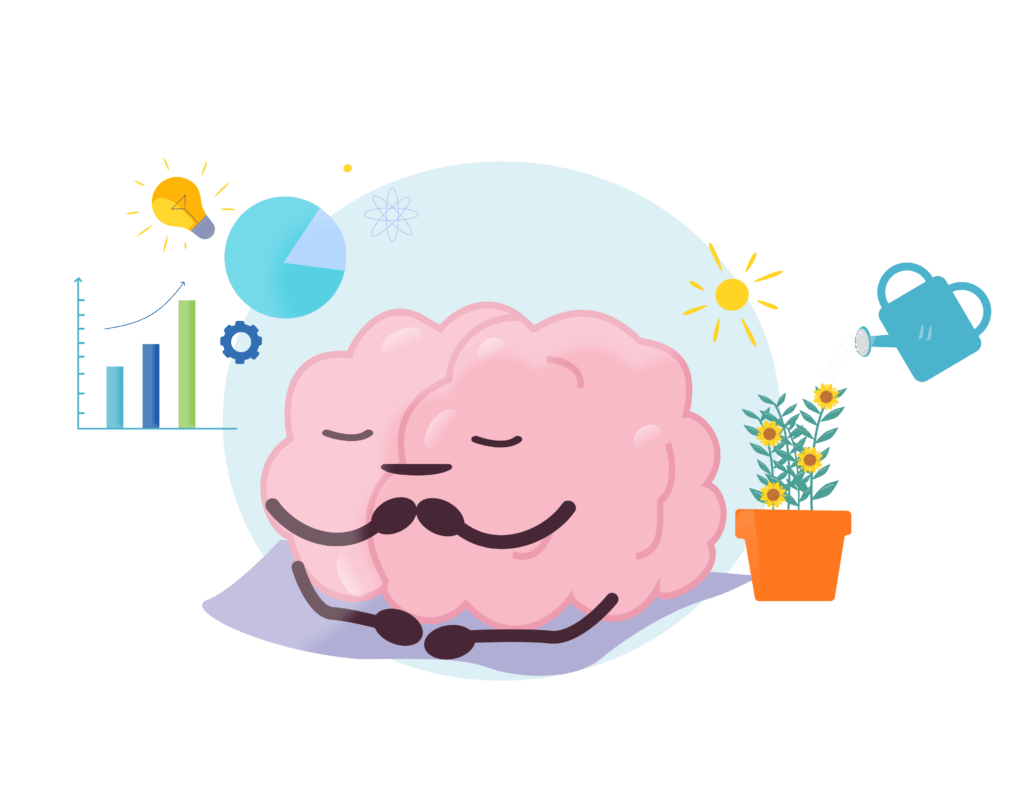
Procrastination impedes learning progress. Break tasks into smaller, manageable parts, set achievable goals, and use techniques like the Pomodoro Technique (working in focused bursts with short breaks) to stay motivated and focused.
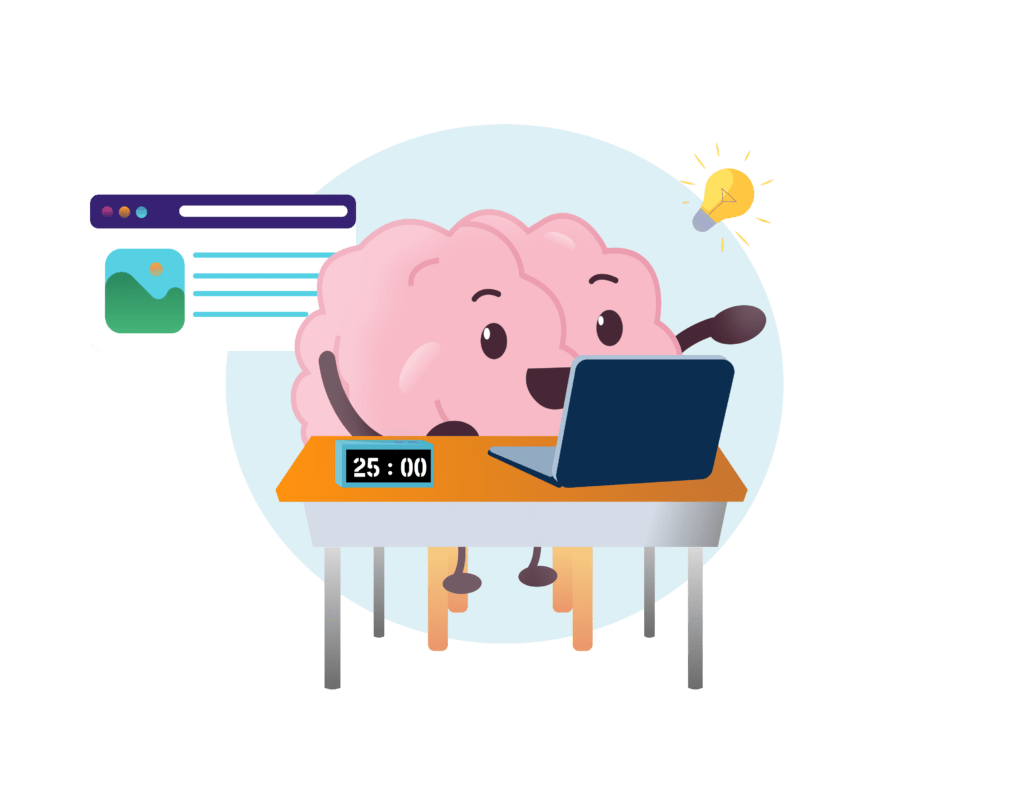
Active learning involves engaging with the material rather than passively absorbing it. Summarizing information in one's own words, teaching concepts to others, and creating visual aids enhance understanding and retention.
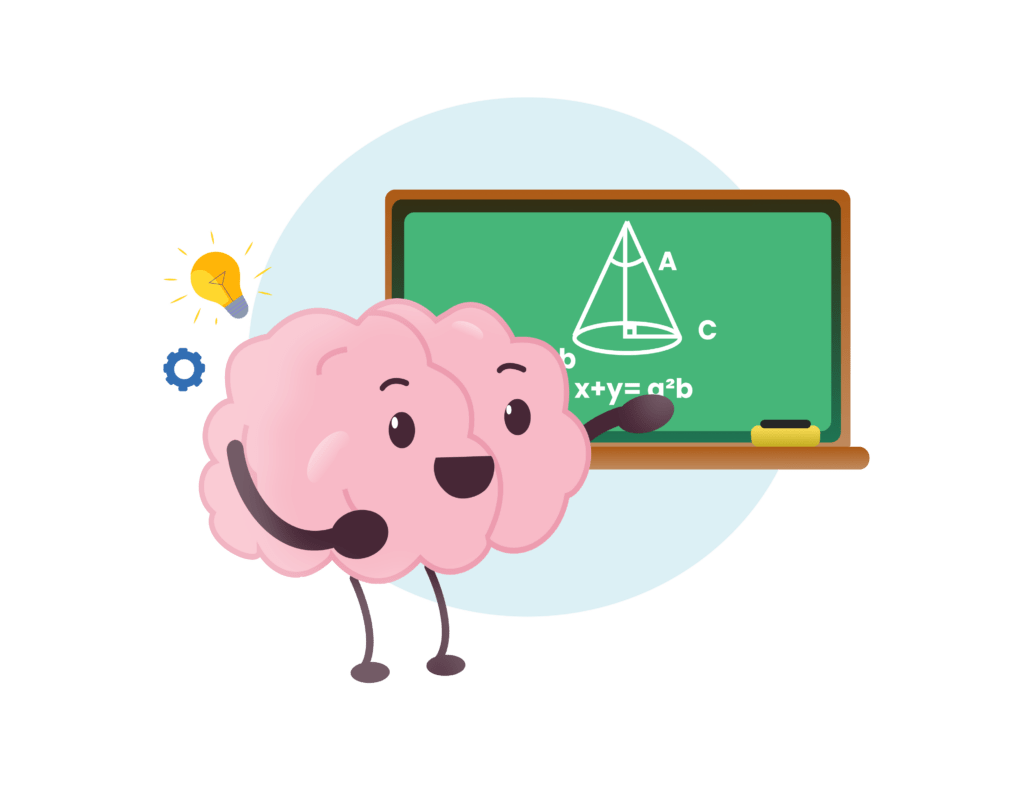
Employ memory-enhancing strategies such as spaced repetition, which involves reviewing information at increasing intervals over time. Mnemonic devices, like acronyms or visualization techniques, aid memory recall.
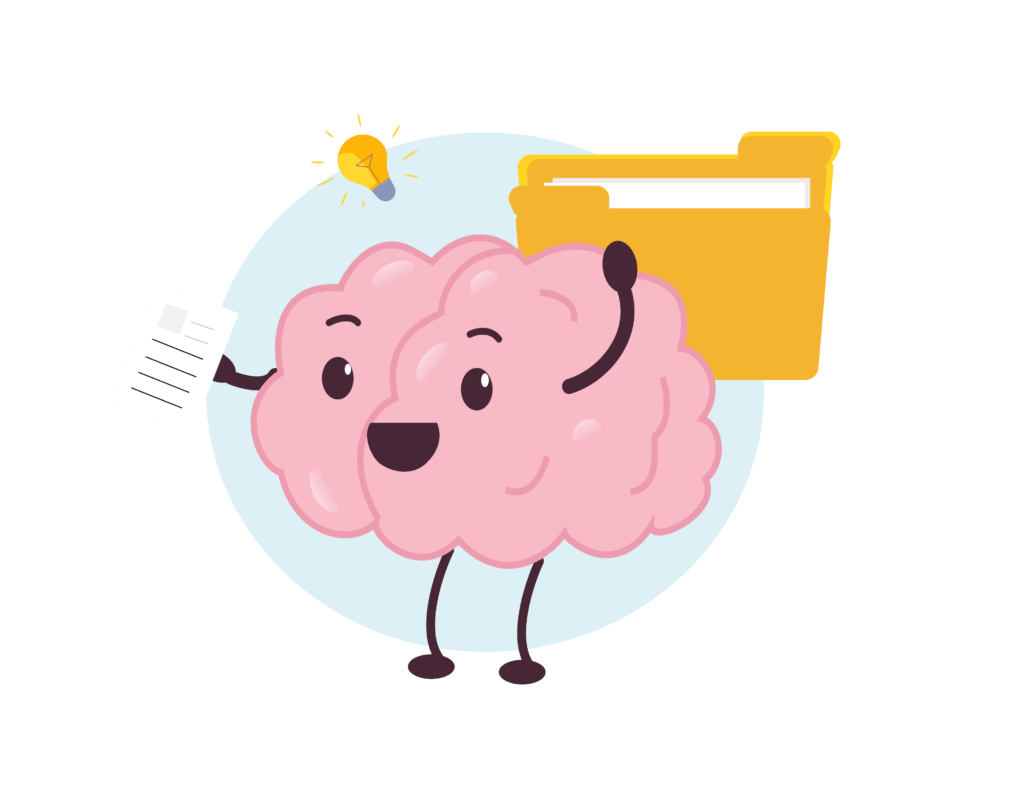
Customize study routines that align with individual learning styles and preferences. Experiment with different techniques, such as reading, writing, discussing, and practicing problems, to identify the most effective methods.
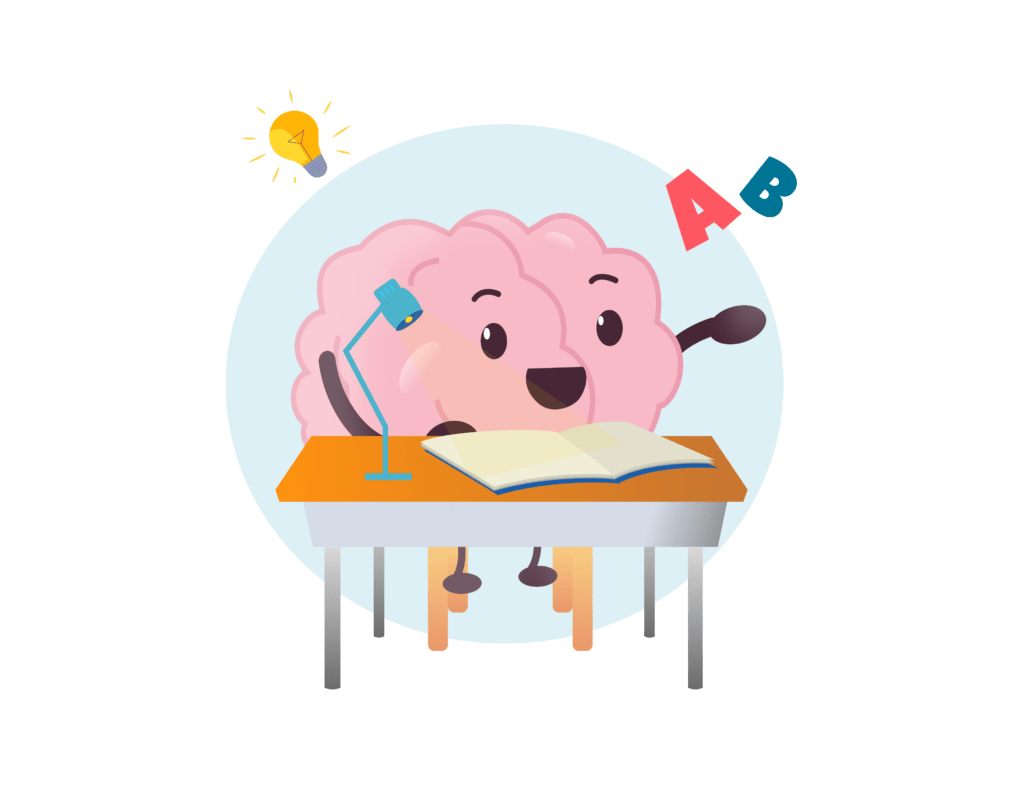
Actively seek feedback from teachers, mentors, and peers to identify areas for improvement. Collaborating with others through study groups or online forums fosters diverse perspectives, enhances understanding, and promotes collective learning.
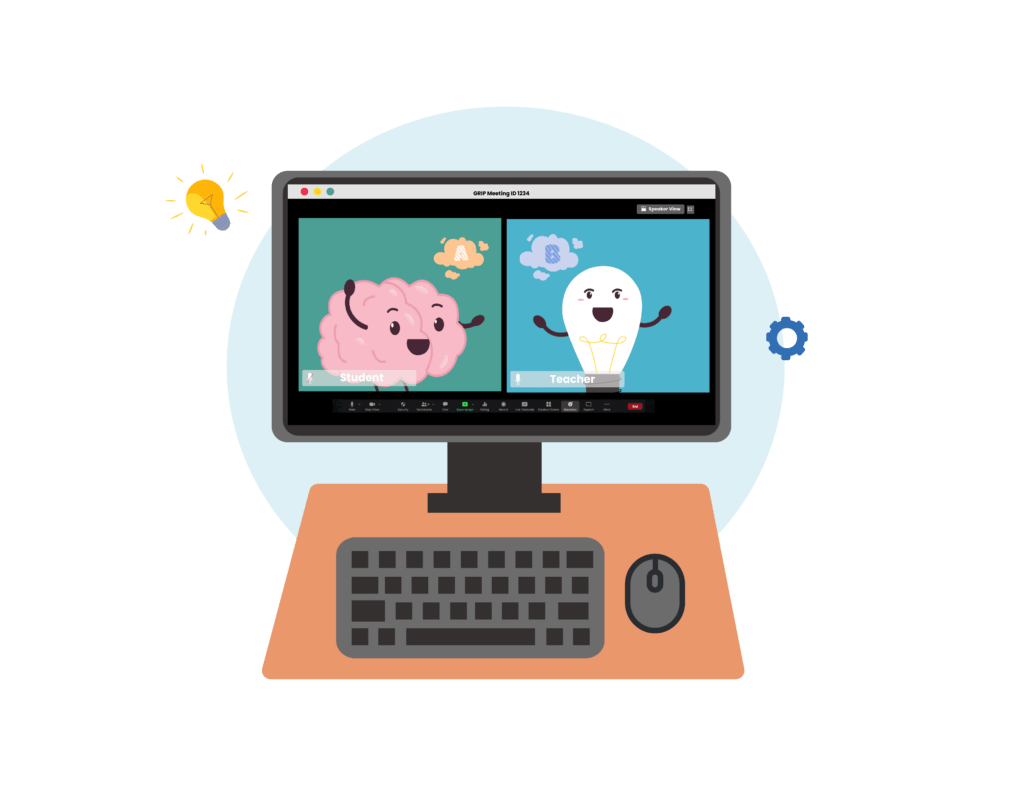
Parents play a vital role in supporting their child’s education. Understanding the importance of learning how to learn allows parents to provide guidance and create an environment conducive to effective learning. Here’s why parents should be aware:
Familiarity with learning strategies enables parents to assist their children in developing effective study habits, organizing their time, and maintaining motivation. This support empowers students to excel academically.

Parents who encourage a growth mindset—where challenges are seen as opportunities to learn and intelligence is not fixed—foster resilience, perseverance, and a love for learning in their children.

Parents who actively engage in learning and demonstrate their own curiosity and thirst for knowledge set an example for their children. By embracing learning as a lifelong pursuit, parents inspire their children to do the same.
